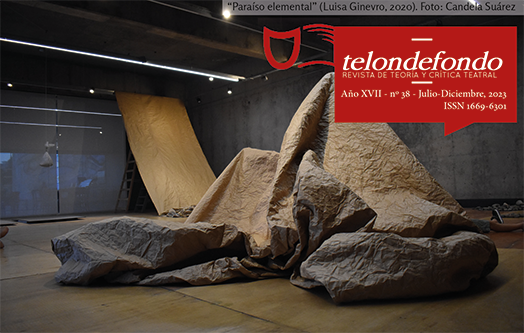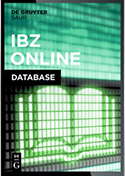Carolina Vivas’ "Donde se descomponen las colas de los burros". The Latin American Antigone of the 21st Century: It Is not the Pain of One, It Is the Pain of All.
Abstract
In this article we will analyze the play Donde se descomponen las colas de los burros by the playwright Carolina Vivas, which can be read as a reception of the tragedy Antigone. In this sense, we are interested in presenting the transformation of the character and the argument in the Latin American context, to visualize how the previous appropriation of the classic text in the continent influences the work of the Colombian author and, at the same time, to highlight the elements of the tragedy that the author rescues and modifies. Also, we will present a trend of the various readings and receptions of Antigone, emphasizing those carried out in Latin America. We will analyze this elements to situate the place from where the rewriting of Carolina Vivas is located and presented as a piece that, due to the way in which it rewrites the plot and the figure of Antigone, is configured as a milestone in the already extensive tradition of receptions of the Sophoclean tragedy in our continent.Downloads
Los autores/as que publiquen en esta revista aceptan las siguientes condiciones:
-
Los autores/as conservan los derechos de autor y ceden a la revista el derecho de la primera publicación, con el trabajo registrado con Licencia Creative Commons Atribución-NoComercial-CompartirIgual 4.0 Internacional, que permite a terceros utilizar lo publicado siempre que mencionen la autoría del trabajo y a la primera publicación en esta revista.
-
Los autores/as pueden realizar otros acuerdos contractuales independientes y adicionales para la distribución no exclusiva de la versión del artículo publicado en esta revista (p. ej., incluirlo en un repositorio institucional o publicarlo en un libro) siempre que indiquen claramente que el trabajo se publicó por primera vez en esta revista.
-
Se permite y recomienda a los autores/as a publicar su trabajo en Internet (por ejemplo en páginas institucionales o personales).











